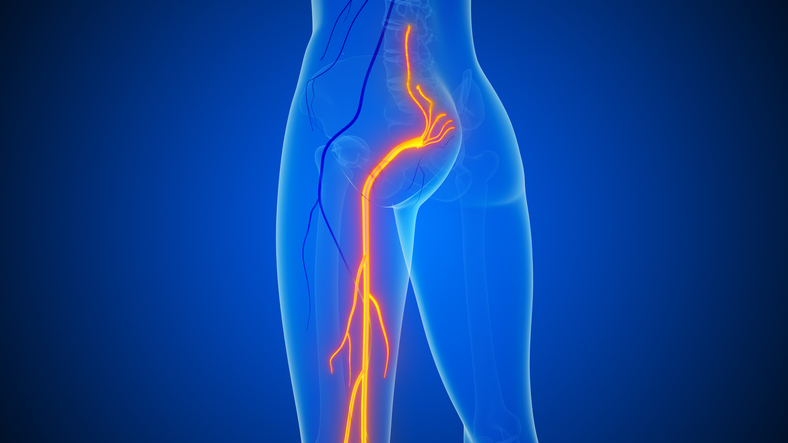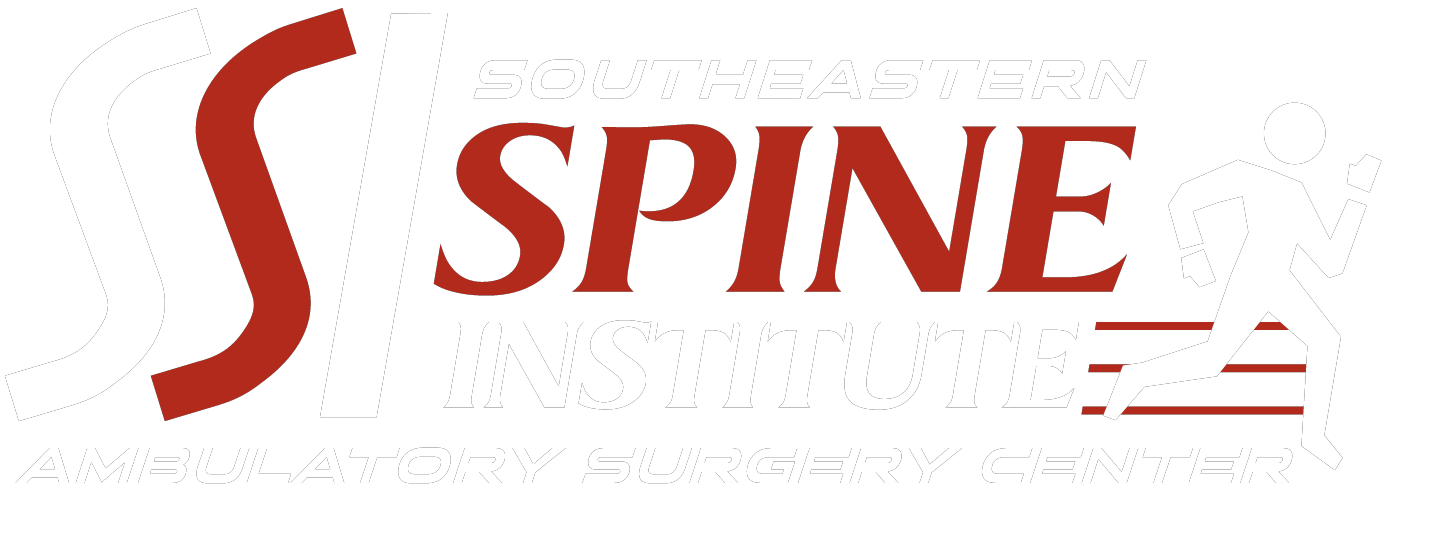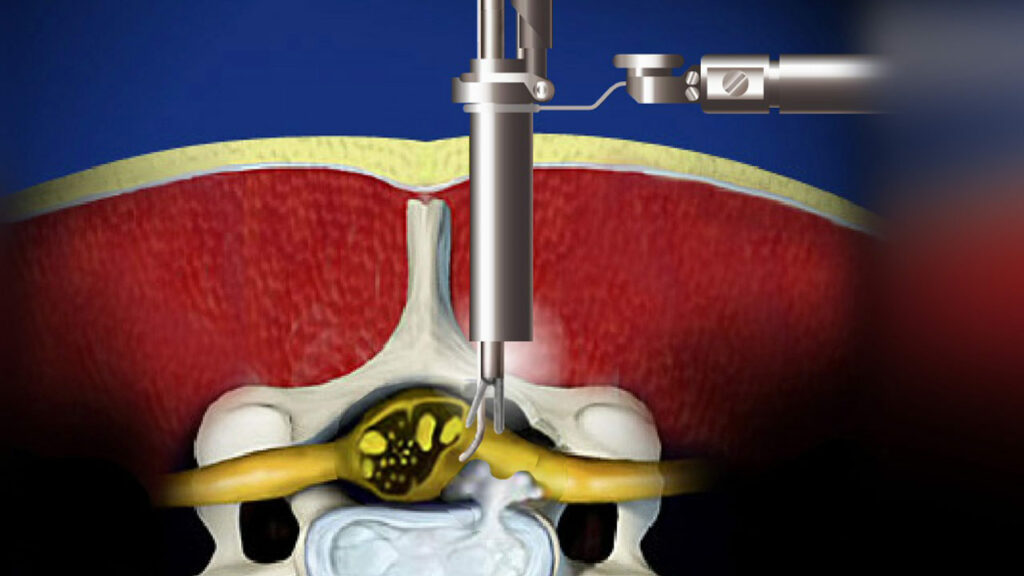Sciatica

Overview
Sciatica refers to pain that radiates along the path of the sciatic nerve, which branches from your lower back through your hips and buttocks and down each leg. Typically, sciatica affects only one side of your body. It occurs when the sciatic nerve is compressed or irritated, often due to a herniated disc, bone spur, or spinal stenosis. The resulting inflammation and pain can be severe and debilitating for some people.
Symptoms
Common symptoms of a sciatica include:
- Pain that radiates from your lower spine to your buttock and down the back of your leg
- Pain that ranges from a mild ache to a sharp, burning sensation or excruciating discomfort
- Numbness, tingling, or muscle weakness in the affected leg or foot
- Pain that worsens when sitting for long periods
- A 'pins and needles' feeling in the leg, foot, or toes
- Pain that may be worse when coughing, sneezing, or sitting
Causes
A sciatica can be caused by:
- Herniated or slipped disc that compresses the sciatic nerve
- Spinal stenosis (narrowing of the spinal canal in your lower back)
- Piriformis syndrome (when the piriformis muscle in the buttocks spasms and irritates the sciatic nerve)
- Spondylolisthesis (when one vertebra slips over another)
- Trauma or injury to the spine
- Tumors (rare) that compress the root of the sciatic nerve
- Pregnancy (due to pressure on the sciatic nerve from the developing fetus)
Diagnosis
Diagnosing sciatica involves a thorough evaluation of your symptoms, medical history, and a physical examination. Your doctor will check your muscle strength, reflexes, and sensation. The straight leg raise test is often used to help diagnose sciatica. Imaging tests like MRI can reveal herniated discs or bone spurs that may be compressing the sciatic nerve. In some cases, EMG and nerve conduction studies may be used to confirm the diagnosis and determine the extent of nerve damage.
Diagnostic Methods
- Detailed medical history and physical examination
- Straight leg raise test (raising the leg while lying on the back to see if it triggers pain)
- Imaging tests (MRI, CT scan, X-rays)
- Electromyography (EMG) to measure electrical impulses in the nerves and muscles
- Nerve conduction studies to determine if nerve damage is present
Treatment Options
At Southeastern Spine Institute, we offer comprehensive treatment plans tailored to your specific condition and needs.

Conservative
For most people, sciatica responds well to self-care measures. These include rest for a day or two, applying hot or cold packs, gentle stretches, and medications. Both over-the-counter pain relievers and prescription medications (including muscle relaxants, anti-inflammatories, or short-term narcotic pain medications) are considered conservative treatment options. Physical therapy is often recommended to correct posture, strengthen the muscles supporting your back, and improve flexibility. Regular exercise and maintaining proper posture are important for recovery and prevention.

Non-surgical Procedures
When conservative treatments don't provide sufficient relief, interventional procedures may be recommended. Epidural steroid injections can reduce inflammation around the irritated nerve, providing temporary relief that may last for months. These injections deliver steroids directly to the area around the sciatic nerve. Other interventional options may include nerve blocks or radiofrequency ablation.

Surgery
Surgery may be considered if sciatica is severe and hasn't responded to other treatments, especially if there's significant weakness, loss of bowel or bladder control, or the pain is worsening. The most common surgical procedures include microdiscectomy (removing the portion of a herniated disc that's pressing on the nerve) or laminectomy (removing a small piece of bone to create more space for the nerve).
Frequently Asked Questions
How long does sciatica usually last?Most cases of acute sciatica resolve within 4-6 weeks with proper self-care and conservative treatment. However, some people may experience chronic or recurring sciatica that lasts for months or years, especially if the underlying cause isn't addressed. Early treatment can help prevent long-term pain.
Can I exercise with sciatica?Gentle exercise is often beneficial for sciatica, but it's important to avoid activities that worsen the pain. Walking, swimming, and specific stretches recommended by a physical therapist can help. Avoid high-impact activities, heavy lifting, and exercises that involve twisting the spine during acute flare-ups.
What can I do to prevent sciatica from recurring?To prevent recurrence, maintain good posture, use proper body mechanics when lifting, strengthen your core muscles, stay physically active, maintain a healthy weight, and avoid prolonged sitting. Regular stretching of the lower back, hamstrings, and piriformis muscle can also help prevent sciatica.
Is sciatica a sign of a serious problem?While sciatica is often painful, it's usually not a sign of a serious or life-threatening problem. However, you should seek immediate medical attention if you experience sudden severe pain in your low back or leg, numbness or muscle weakness in your leg, or problems with bowel or bladder function, as these may indicate a more serious condition.
Don't Let Spine Pain Control Your Life
Our team of spine specialists at Southeastern Spine Institute is dedicated to helping you find relief and return to the activities you love.

